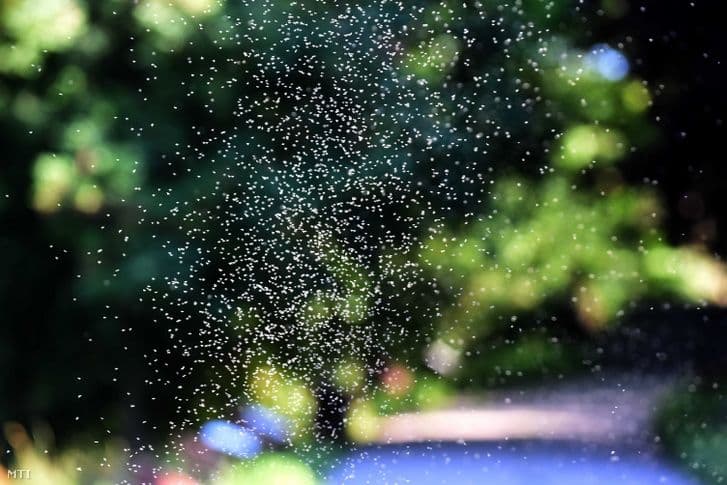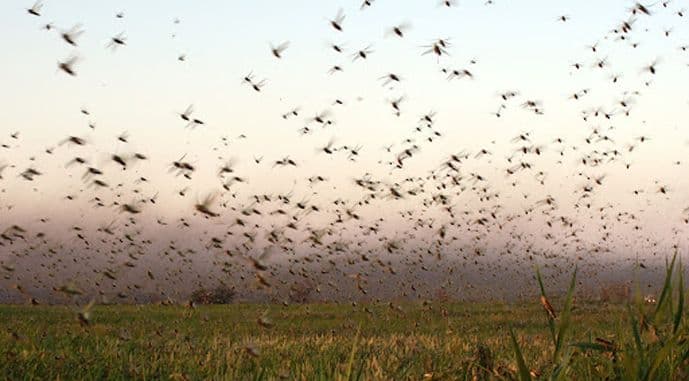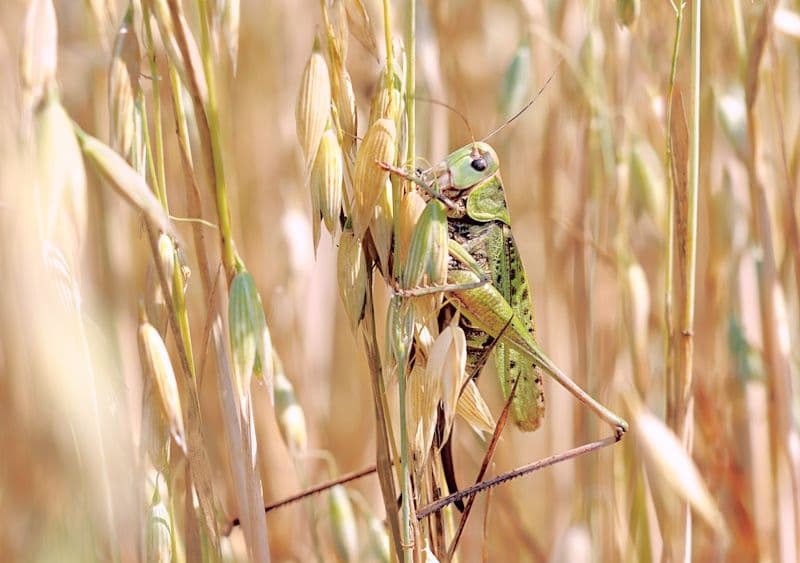Hokkaido's Seasonal Swarm: Unraveling the Gypsy Moth's Enigmatic Return
Unravel the mystery of Hokkaido's cyclical Gypsy Moth outbreaks. Explore the unexplained 8-11 year cycles, their impact on life, and how communities are adapting to this recurring natural phenomenon.

Hokkaido's Unfolding Swarm: A Recurring Challenge
Hokkaido is currently grappling with yet another significant outbreak of the gypsy moth, known locally as マイマイガ, a type of tussock moth. This isn't just an isolated incident; research institutions across the region, including the , point to a distinct 8-11 year cycle for these population explosions. As the summer progresses, communities, particularly in the eastern parts of , are witnessing a surge in adult moths. Beyond the sheer nuisance of their numbers, these insects pose tangible threats. Their larvae are notorious for defoliating trees and damaging agricultural crops, impacting both the natural environment and local livelihoods. Moreover, the fine hairs of the caterpillars and even the egg masses can cause skin irritations, such as rashes and itching, presenting a public health concern for residents. Municipalities like , , , , and are actively issuing warnings and advice, underscoring the predictable yet persistent nature of this challenge.

Life Cycle of a Lingering Threat: Understanding マイマイガ
To effectively navigate these recurring outbreaks, understanding the gypsy moth's life cycle is paramount. The journey begins in spring, typically April or May, when the caterpillar-like larvae hatch from overwintered egg masses. These hungry larvae are the primary culprits behind the extensive defoliation observed in forests and on farms. They feed voraciously, growing through several instars before pupating. By July and August, the adult moths emerge, marking the peak of the current visible swarm. Females, larger at approximately 5 centimeters, and males, around 3 centimeters, then mate. The females proceed to lay their distinctive fuzzy egg masses on tree bark, walls, and various surfaces. These egg masses are crucial for the species' survival, as they remain dormant through the harsh winter, ready to unleash the next generation of larvae the following spring. This continuous cycle, from egg to larva to adult and back to egg, perpetuates the threat, demanding ongoing vigilance from affected communities.
The Unexplained Rhythms: Why Do They Keep Coming Back?
Perhaps the most intriguing aspect of the gypsy moth phenomenon is its mysterious cyclical nature. While research institutions have clearly identified an 8-11 year pattern of mass outbreaks, the underlying reasons for these remarkably consistent rhythms remain largely unexplained. Scientists acknowledge that the precise mechanisms driving these population booms are not yet fully understood. What causes this predictable surge and subsequent decline? Is it a complex interplay of environmental factors like climate fluctuations, the availability of host plants, or changes in predator populations? Could it be linked to the prevalence of specific diseases or parasites that naturally regulate the moth population, only for their effectiveness to wane at certain intervals? This enduring enigma presents a significant challenge for entomologists and ecologists, as unraveling these biological rhythms could provide invaluable insights into more effective, long-term management strategies, moving beyond reactive measures to a deeper, predictive understanding of the moth's behavior.

Beyond the Buzz: Community Action and Coexistence Strategies
Facing a challenge that is both predictable in its timing yet enigmatic in its cause, 's communities aren't passively waiting for the swarms to subside. Instead, they're demonstrating remarkable resilience and proactive engagement, developing strategies for coexistence. Local governments are at the forefront, with , for instance, actively disseminating information and warnings through its official website to keep residents informed. , having experienced a significant outbreak in 2024 and bracing for more adults this July, has explicitly urged residents and businesses to participate in the 'early removal of egg masses' from their properties. This collective effort is seen as vital for suppressing future large-scale occurrences. and are similarly advising residents on how to deal with the moths and their eggs. These initiatives reflect a pragmatic approach: while complete eradication may be impossible given the moth's natural cycles, collaborative community action can significantly mitigate the impact on daily life and local ecosystems.
Navigating the Next Wave: Preparedness and Prevention
As communities learn to live with the cyclical return of the gypsy moth, the focus is increasingly shifting towards enhanced preparedness and proactive prevention. The lessons from previous outbreaks and the ongoing efforts by municipalities underscore the critical importance of early intervention. Residents are encouraged to regularly inspect their homes, offices, and surrounding trees for the tell-tale fuzzy egg masses, particularly during the dormant winter months. The simple act of scraping off and properly disposing of these egg clusters, as advocated by towns like and , can dramatically reduce the number of caterpillars hatching in the spring, thereby lessening the severity of the subsequent adult moth swarm. While the mystery of the 8-11 year cycle persists, continued research into these natural rhythms, combined with sustained community engagement and practical preventative measures, offers the most promising path forward. This integrated approach embodies 's commitment to adapting and coexisting with nature's predictable, yet sometimes challenging, cycles.
Related Articles

Siófók's Summer of Shadow: Navigating the Delicate Balance of Protected Pests and Thriving Tourism

Siófók's Summer of Shadow: Navigating the Delicate Balance of Protected Pests and Thriving Tourism

Whispers on the Wind: Ukraine's Locust Surge and the Unforeseen Harvest of Conflict

Whispers on the Wind: Ukraine's Locust Surge and the Unforeseen Harvest of Conflict

The Unintended Consequence: Unmasking the Paradox Behind Ukraine's Locust Surge

The Unintended Consequence: Unmasking the Paradox Behind Ukraine's Locust Surge

Nature's Tiny Terrorist: The Screwworm's Cross-Border Battle and its Economic Aftershocks
